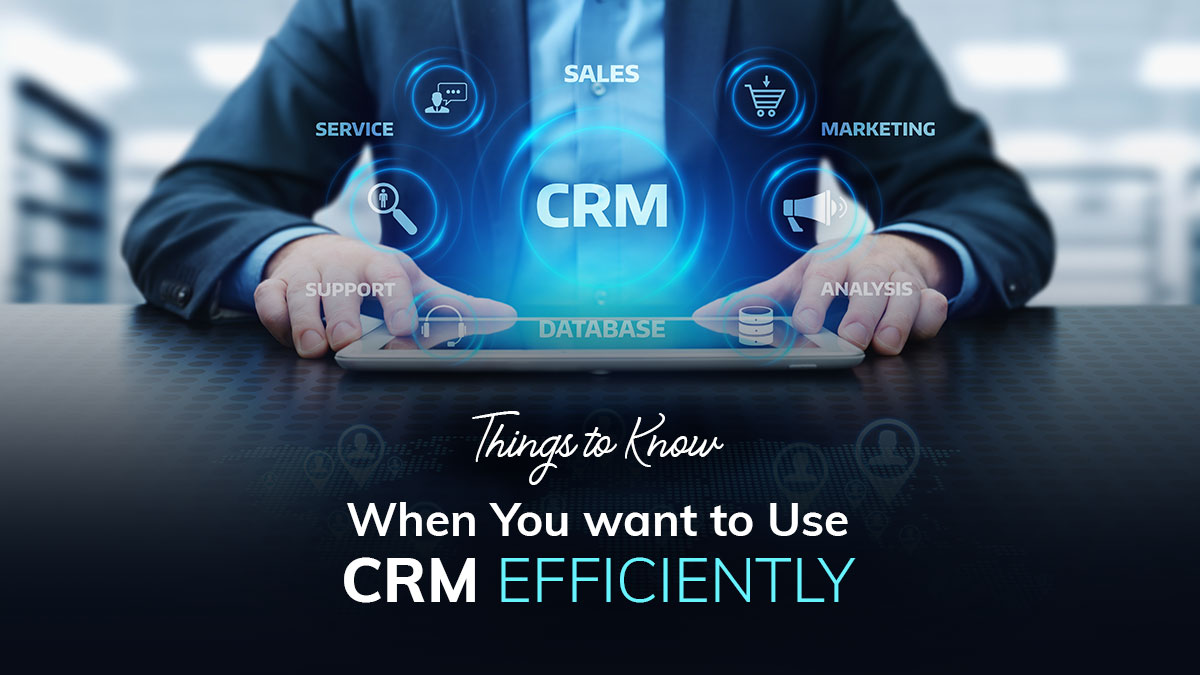CRM Process:
Customer Relationship Management (CRM) is vital for any business looking to increase its customer base and improve customer retention. CRM implementation allows effective management of relationships with customers, prospects, partners, and other people associated with the business.
By leveraging data points such as client demographics, contact information, interactions history, purchase history and more, it is easier to create a detailed view of their customer base to optimize marketing campaigns and better understand individual customer needs.
The CRM process cycle consists of four main steps:
- Identification
- Segmentation
- Engagement
- Sustenance
By understanding the distinct needs at each stage of this cycle, businesses can ensure that they engage customers effectively throughout their journey.
1. The First Step of the CRM Process is Identification and Brand Awareness:
In this step, companies must identify who their target audience is and what types of people would be interested in their products or services. It requires a deep understanding of the target audience’s needs, motivations and potential objections. It also involves surveying existing customers to determine what characteristics they share that a business could leverage for future marketing campaigns.
There are numerous marketing techniques available to create brand awareness. One of the most effective ways is through an integrated marketing approach that includes social media campaigns, targeted ads, and email campaigns. Social media campaigns can help establish a robust online presence and provide an opportunity to engage with customers in a meaningful way. By utilizing effective social media strategies, businesses can build a loyal following and increase their reach to potential customers.
Targeted ads are another essential marketing technique to enhance brand awareness. It can help to reach specific audiences based on various parameters such as age, location, and interests. By tailoring ads to specific groups, companies can maximize their impact and improve the effectiveness of their advertising campaigns. Building an impactful brand presence is critical for attracting potential customers and increasing revenue. By implementing diverse strategies for marketing, businesses can effectively raise brand awareness and build a loyal customer base.
2. Once a Company has Identified Its Target Audience, the Next Step is Segmentation and Acquiring Leads:
This involves dividing clients into groups based on common characteristics such as age range or gender. Segmenting customers allows businesses to tailor their messaging to appeal to specific groups and create a personalized experience for every customer.
It is a crucial stage of the CRM process as it involves finding people interested in your services or products. To do this, brands can use search engine optimization (SEO) techniques, PPC campaigns, webinar marketing, content syndication and more. When acquiring leads, it is significant to ensure that you target the right audience and provide them with relevant information about your services/products.
3. The Third Step is Engagement to Convert the Leads into Clients:
Once companies have identified and segmented their clients, they need to engage them through various touchpoints such as email campaigns or social media posts. It allows brands to build relationships with existing customers and entice new ones by showcasing the value they can offer through an inviting message or creative content piece.
Once you have acquired leads through the CRM process, you need to leverage its data to convert these leads into clients. Businesses need to have a 360 customer view when using their CRM system. Comprehensive insights can help brands make better decisions for targeting clients and personalizing offers according to their preferences.
With a collaborative CRM system, businesses can track client interactions across multiple channels to identify areas of improvement and boost their management capabilities.
4. The Final Step is Sustenance to Build Strong Relationships:
after engaging with clients, businesses need to sustain these relationships over time by providing ongoing value through promotions or discounts and staying top-of-mind through consistent communication so that when clients are ready to make a purchase, they are loyal enough towards the brand that it will be considered as an option for them naturally.
After converting leads into clients, brands must build strong relationships with them. It involves nurturing relationships through targeted communication activities such as personalized emails or messages tailored towards each individual’s needs and interests.
Additionally, providing outstanding service to your clients should also be an integral part of building strong customer relationships; responding quickly and efficiently to inquiries or queries will help foster a deeper connection with your brand/business over time.
Conclusion:
CRM solutions are integral for any business looking to increase sales by improving customer loyalty and satisfaction through tailored experiences that cater towards individual needs. By understanding how each step in the process works, businesses can create comprehensive strategies designed not only to attract new customers but retain existing ones as well for long-term success.
In conclusion, all these steps are essential for businesses looking to optimize their lead management efforts and build stronger connections with potential customers over time.



